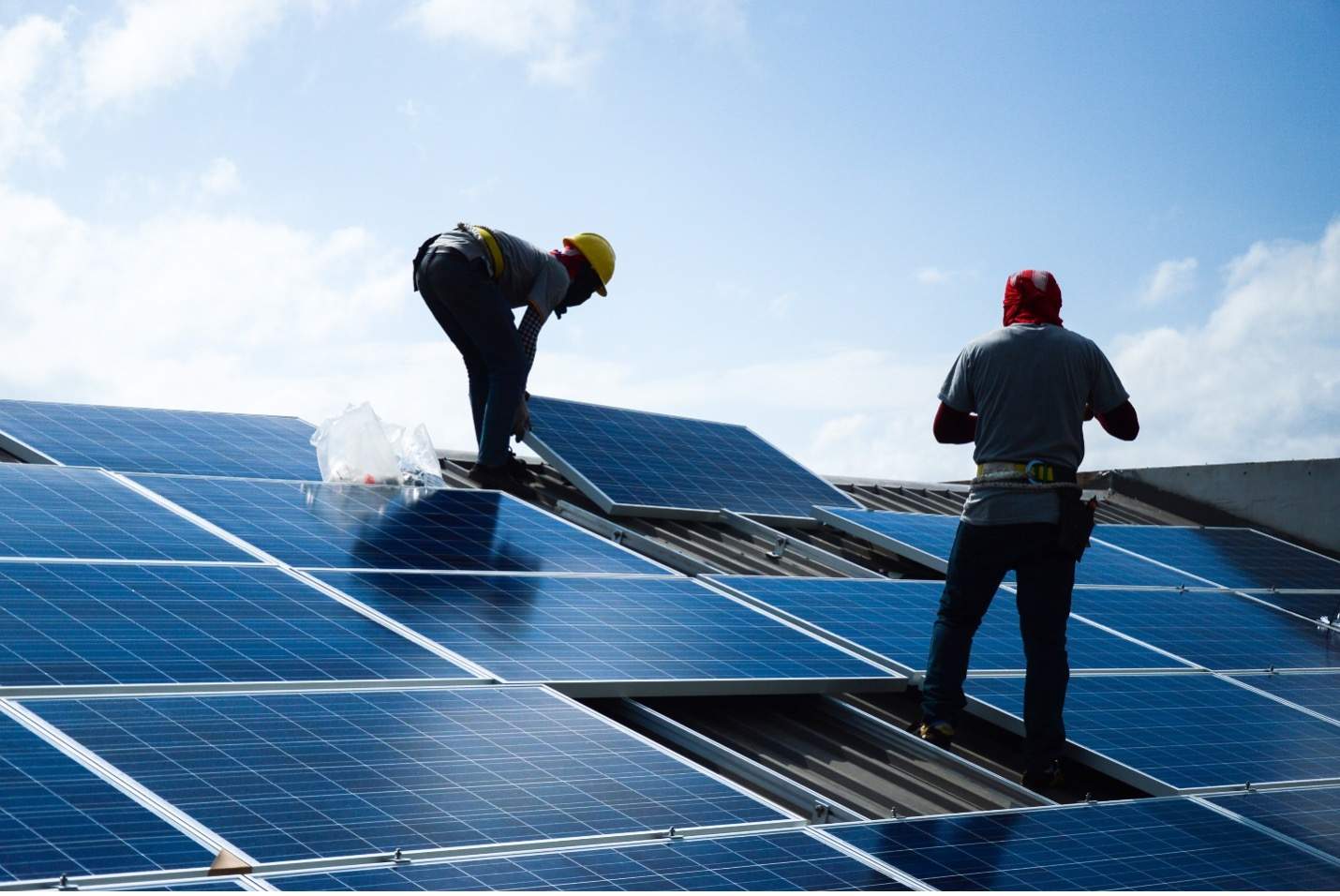Solar Array

What is a Solar Array?
A solar array begins with solar cells, also known as photovoltaic cells, which are grouped together in order to create solar panels. When multiple solar panels are grouped together to generate electricity, this makes up a solar array. The main function of these arrays is to collect, invert, store, and distribute solar energy for the purpose of electricity generation. Common examples of solar arrays are the residential solar panels you may find on the roofs of homes in a neighborhood, but they can also be found on much larger scales, as there are entire solar farms dedicated to producing electricity.
The geography and arrangement of the panels play a huge factor in the amount of energy that a unit can produce. For example, if you’re in the northern hemisphere and looking to optimize the amount of sunlight that your array can receive, the array should be pointed facing south. That is because the sun shines to the south all year long, meaning the solar panels facing south will have maximum exposure to sunlight. Rooftops are a very common place to place solar panels, but they can also be installed as ground mounted units as well. These are typically less costly to install compared to roof units, but they require a lot of space to install.
The panels are strung together and connected with a solar cable and MC4 (multi-contact, 4mm) connectors. When sunlight hits the panels in an array, direct current electricity (DC) is generated. It is then sent through an inverter system to be converted into alternating current (AC). Any extra energy collected may be sent over to a local power grid to offset the cost of energy on-site.
The amount of solar panels needed is entirely dependent on the electricity bill, as the price of that can vary from home to home. Savings will be highest if as you get closer to 100 percent of your electricity coming from solar power. As you begin to upgrade your home with new appliances, the need for more power, along with electricity costs, increases as well. Solar arrays are not limited to remaining in the state that they were installed. They can be added onto, and in some cases, a second array may even be necessary.
How Can You Get a Solar Array for Your Home?
While it is possible to do it yourself, the recommended way to add a solar array to your home is to contact a local qualified solar company and have them install it for you. Solar panel costs will vary by state and region, but will typically increase in price as you travel further from the equator.

